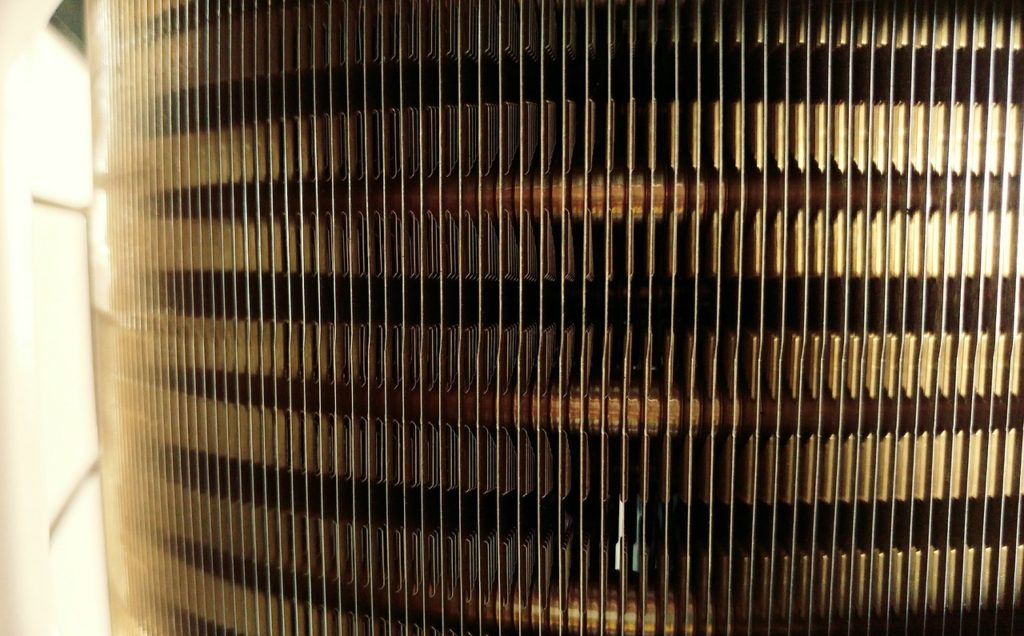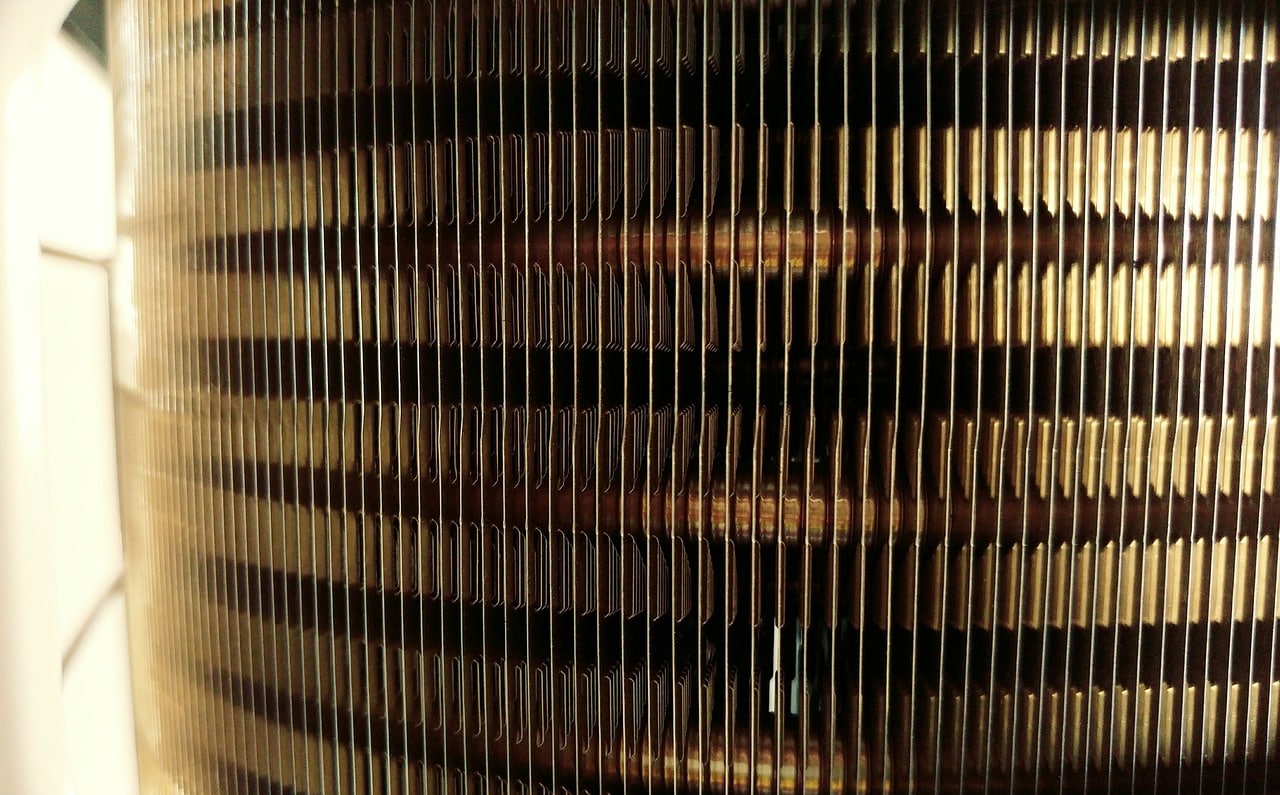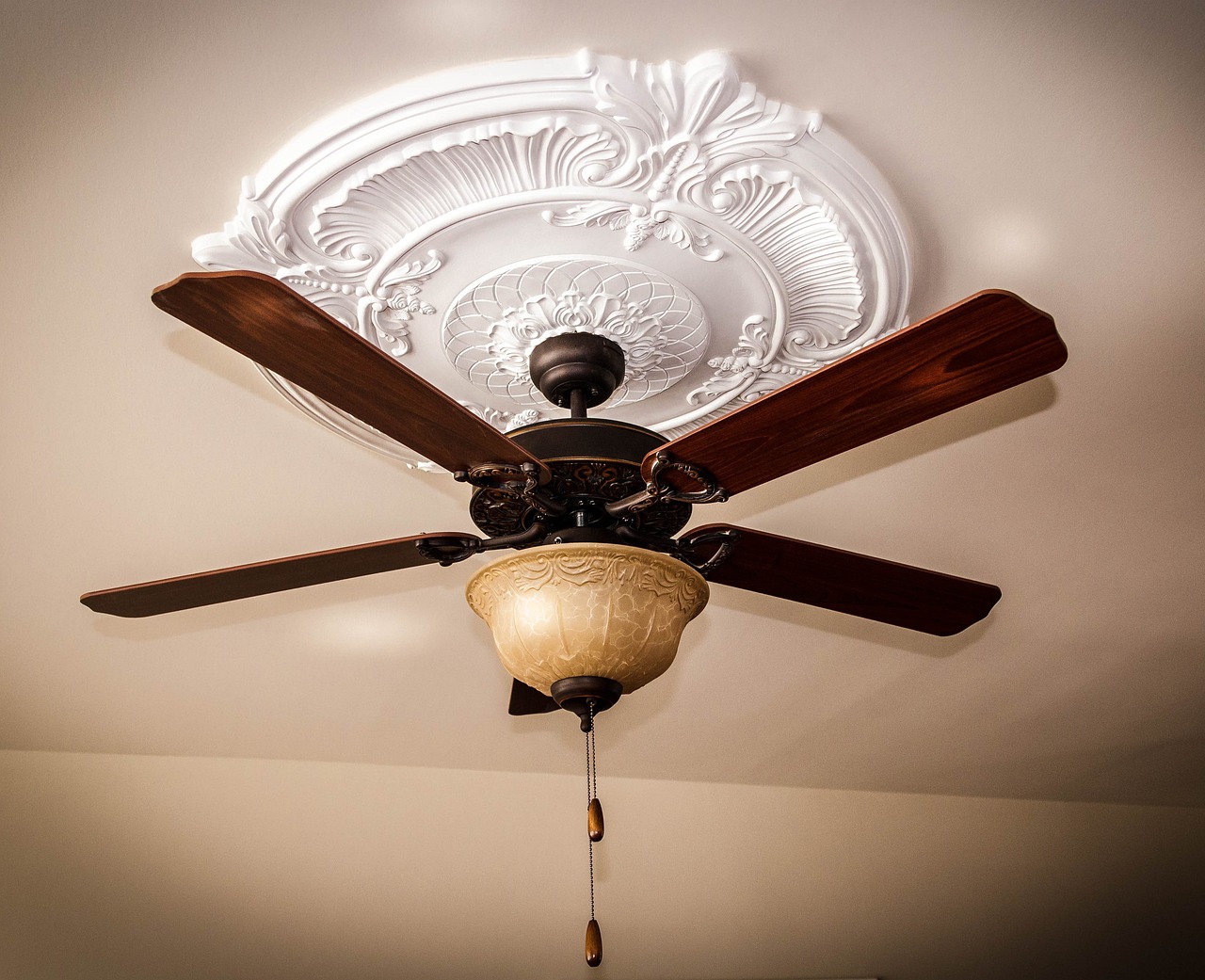Modern technology has enabled us to live comfortably, no matter the weather outside. We’ve learned how to automate our homes to control the temperature, ensuring we’re cool in summer and warm in winter. However, this comes at a cost to our environment and wallets. Burning fossil fuels, such as oil and gas, is not sustainable in the long run, and our reliance on these forms of energy harms the planet.
In searching for more sustainable and environmentally friendly options, developers from Cummings Plumbing have developed alternative heating and cooling systems to make us comfortable while preserving the environment.

Geothermal Heating and Cooling
One of the most talked-about alternative heating and cooling systems is geothermal. Geothermal systems rely on the earth’s temperature to regulate home temperature. They use the earth’s constant temperature, which results from the heat produced from the core, to heat homes in the winter and cool them in the summer. Geothermal systems use pipes that are buried underground to transfer the heat into homes. The system is incredibly energy-efficient, with some geothermal heating and cooling systems reducing carbon emissions by up to 70%.
Solar Heating and Cooling
Another alternative heating and cooling system that homeowners can use is solar heating and cooling. Cummings Plumbing believes solar energy can be used to heat homes, heat water, and to power up cooling systems. The solar heating system reduces the need for grid electricity, minimizing the amount of energy consumed during peak hours. Another downside to traditional heating systems is the amount of carbon emissions generated. With solar heating and cooling options, you’re reducing your carbon footprint by eliminating the need for traditional heating and cooling systems.
Wind Power
Wind power is another renewable energy option for heating and cooling our homes. Wind turbines and systems can be designed to generate electricity and provide heating and cooling systems to homes. These systems work like an air source heat pump, collecting heat from outside the house, which can then be used to heat your home. The carbon footprint is drastically reduced with wind power heating and cooling options.
Radiant Heating
Radiant heating is an option for warming homes that are more comfortable, efficient, and healthier than conventional heating. Radiant heating systems include heating cables installed beneath the living area’s flooring. By warming the floor, you create a comfortable environment that is more efficient than traditional systems since the heat is distributed evenly across the space. Radiant heating does not circulate dust or allergens, making the environment healthier. Radiant heating systems can save homeowners up to 30% on their bills.
Heat Pumps
Air-source heat pumps can also be used for central heating and cooling, reducing your carbon footprint. Heat pumps work like a refrigerators by absorbing heat from the outside and cooling it within the system before blowing it into the home. Heat pumps are more energy-efficient than traditional systems since they move heat instead of creating it. By using this system, homeowners can experience significant savings in their energy bills.
Moreover, heat pumps can also be used for hot water heating. They work similarly by absorbing heat from the outside air and transferring it into a water tank. This process is much more efficient than traditional electric or gas water heaters, resulting in cost savings for homeowners.
Conclusion
With climate change becoming paramount, it’s essential to make our homes energy-efficient and environmentally friendly. Our homes’ heating and cooling systems are one of the significant sources of carbon emissions and significantly impact the environment. Alternative heating and cooling systems provide ways to reduce the carbon footprint of traditional heating and cooling systems while still providing comfortable and efficient home environments. There are many options, from geothermal heating and solar heating to wind power, radiant heating, and heat pumps. Homeowners should explore alternative heating and cooling systems to make their homes more sustainable and environmentally friendly.


